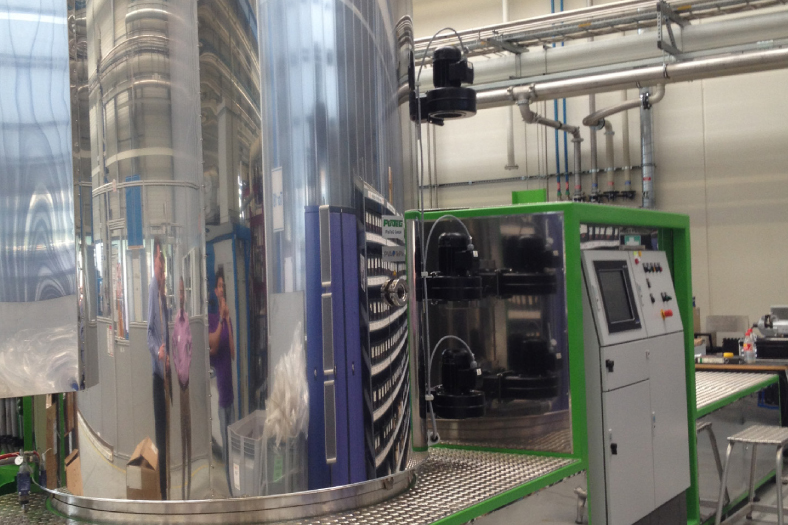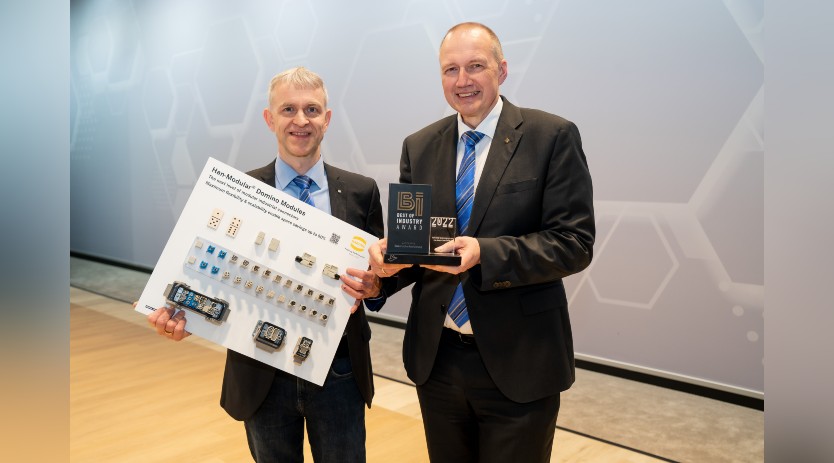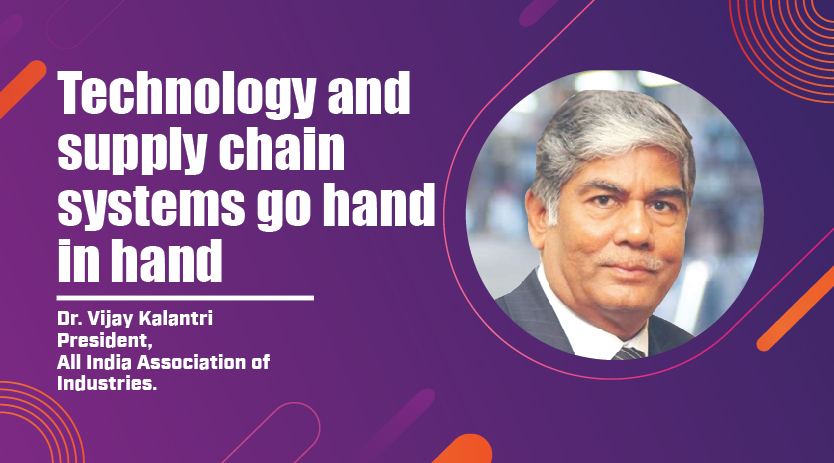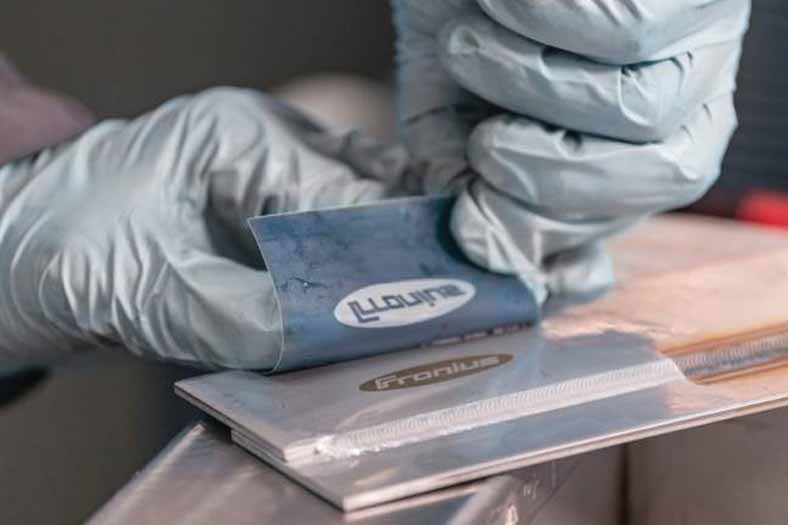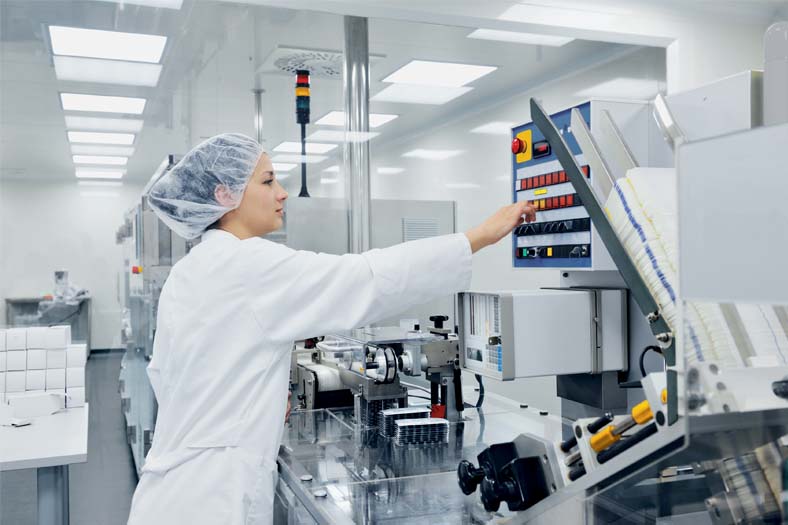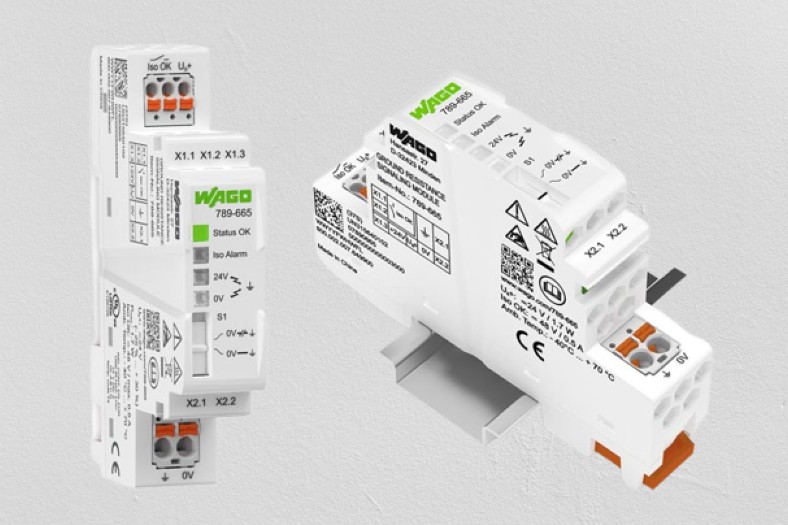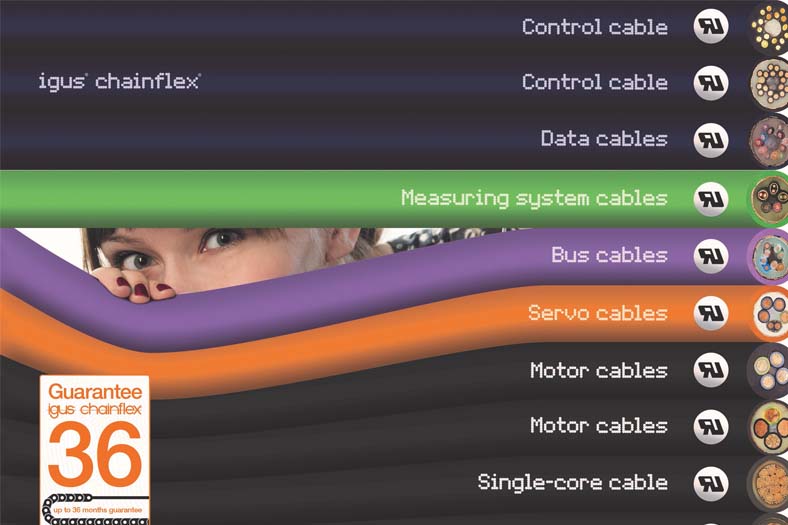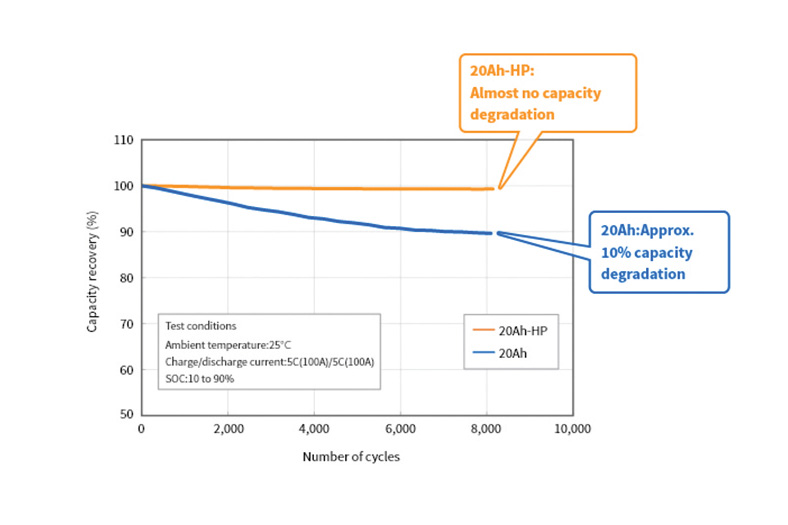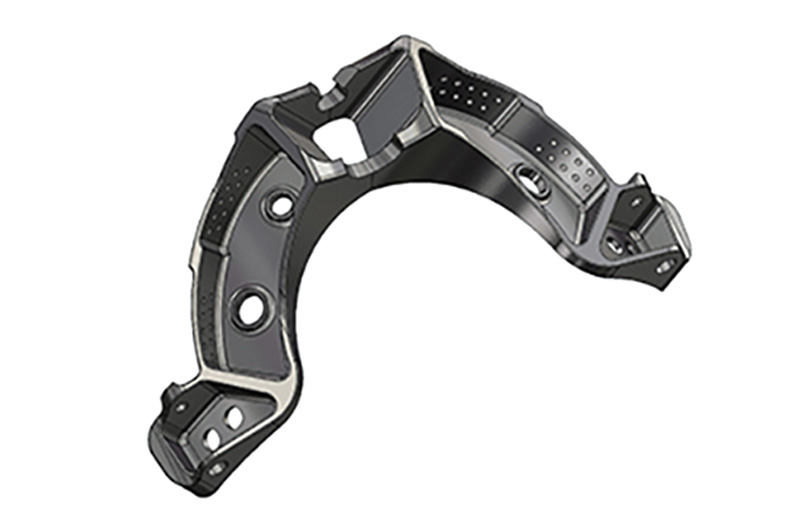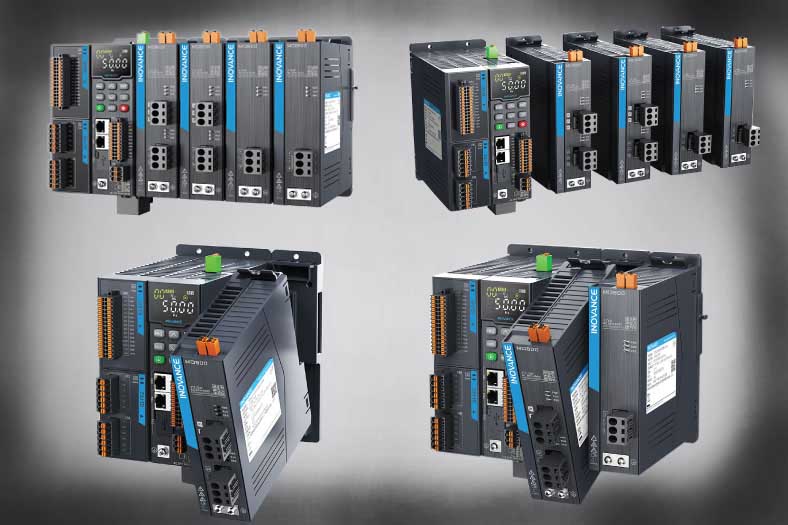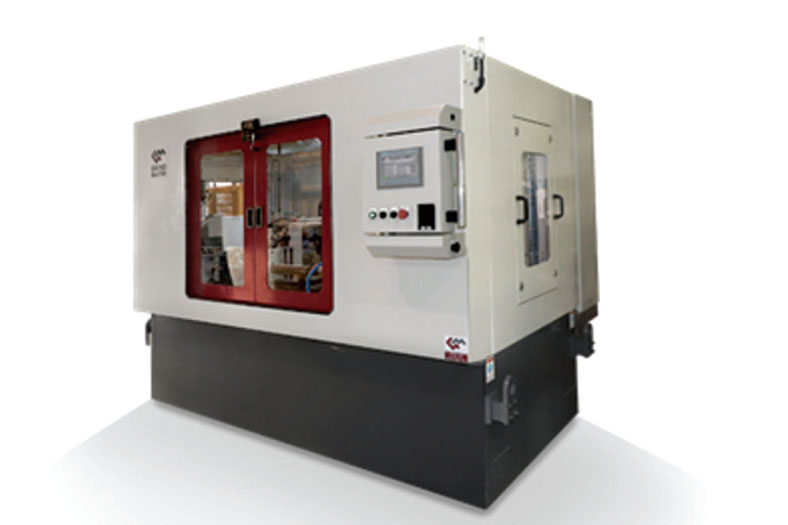Die life enhancement by vacuum heat treatment
By OEM Update Editorial August 7, 2019 12:21 pm IST
Vacuum heat treating technology is an art. To be the best it has to be learnt, practiced and mastered.
Most dies, tools and other metal forming tools require high hardness, usually above about 45 HRc, to perform successfully. However, they are supplied to tool builders in the annealed condition, around 200/250 Brinell (about 20 HRc), to facilitate machining. They must be heat treated to develop their characteristic properties, making the tool capable of withstanding the pressure, abrasion, and impacts inherent in metal forming.
Each step of the heat treating cycle performs a specific function. Like the links in a chain, the final product is only as good as its weakest component. Heat treating typically accounts for less than 10 per cent of the cost of a tool, but it may be the most important factor in determining the performance of the tool. There is no such thing as an acceptable shortcut in heat treating tool steels.
The high hardness structure of tool steels, called martensite, cannot be produced directly from the soft annealed structure. Tool steels must undergo two intermediate structure changes during the heat treating process. First, the annealed structure, called ferrite, must be heated to become a high temperature structure called austenite. Then, the austenite must be cooled relatively quickly to become martensite.
Four steps
To accomplish these structural changes in tool steels, four primary heat treating steps are used: preheating, austenitising, quenching, and tempering.
Preheating, or slow heating, of tool steels provides three practical benefits, although it does not directly affect the final properties of the steel. First, most tool steels are sensitive to thermal shock. A sudden increase in temperature up to 800/11000 C may cause tool steels to crack. Preheating to one or more intermediate temperatures allows more gradual heating.
Second, tool steels undergo a change in density when they transform from ferrite to austenite. If this volume change occurs non uniformly, it can cause unnecessary distortion of tool, especially where differences in section cause some parts of a tool to transform before other parts have reached the required temperature. Tool steels should be preheated to just below the temperature at which austenite forms (called the critical temperature), and then held at that temperature long enough to allow the full cross-section to reach a uniform temperature. Then on further heating, the tool will transform more uniformly, causing less distortion to occur.
Third, steels conduct heat faster at higher temperatures. Thus, a preheated tool may require slightly less furnace time at the hardening temperature to reach uniformity. Minimising time at preheating temperature is a good practice for maximising the toughness (impact resistance) of the tool. In some cases, particularly involving hardening temperatures over 11000 C, multiple preheating steps may be used prior to reaching the final austenitising temperature.
Once tool steels have been satisfactorily preheated, they are raised to their austenitising temperature. The desired hardened structure, called martensite, cannot form directly from the annealed structure, called ferrite. The ferrite must first be transformed to an intermediate structure called austenite. Tool steel becomes austenite when it is heated above its critical temperature. The critical temperature for most tool steels is about 8000 C.
Tailored to be tough
After the structure changes to austenite, further heating is required to properly distribute the alloy content of the steel. Most of the useful alloy content of tool steels exists as microscopic carbide particles in the soft matrix of the annealed steel. These carbide particles must be at least partially dissolved into the matrix of the steel during the hold at the austenitising or hardening temperature.
For tool steels quenched from over 11000 C, the quench rate from about 9800 C down to about 7000 C must be rapid enough to avoid undesirable reactions which can impair toughness and hardness response. The actual transformation of austenite to martensite does not begin until the steel cools below about 4000 C. The specific temperature at which martenite starts to form is called the ‘martenite start’ or ‘MS’ temperature. In most tool steels, the martensite forms between about 3200C and about 900 C. The amount of martensite depends principly on how close to the lower temperature, (martesnite finish or “MF” temperature), the steel gets. 100 percent martensite is not formed until the steel cools below the martesnite finishing temperature.
As soon as tool steels have been quenched to about 50/650 C, they should be immediately tempered. Tempering is performed to stress relieve the brittle martensite formed during the quench. Most steels have a fairly wide range of acceptable tempering temperatures. For best relief of quenching stresses, use the highest tempering temperature which will give the desired hardness. Most tool steels must be tempered at least twice, with triple tempering recommended for high alloy grades or high hardening temperatures.
Tool steels should be held at temperature a minimum of two hours for each temper. A rule of thumb is to allow one hour per inch of thickest section for tempering, but in no case less than two hours.
When surface treatments are used, (Gas Nitriding, Plasma/Ion Nitriding, TiN coating, etc.), the heat treating process should be discussed with the surface treater. For best results, it is important that heat treating temperatures and processes are compatible with subsequent surface treatment temperatures.
The heat treat process results in an unavoidable size increase in tool steels due to the changes in microstructure. Most tool steels will grow which will vary somewhat based on a number of theoretical and practical factors.
Authored by:
Ankit Gupta
Director
Modern Metals India Pvt Ltd
Cookie Consent
We use cookies to personalize your experience. By continuing to visit this website you agree to our Terms & Conditions, Privacy Policy and Cookie Policy.




